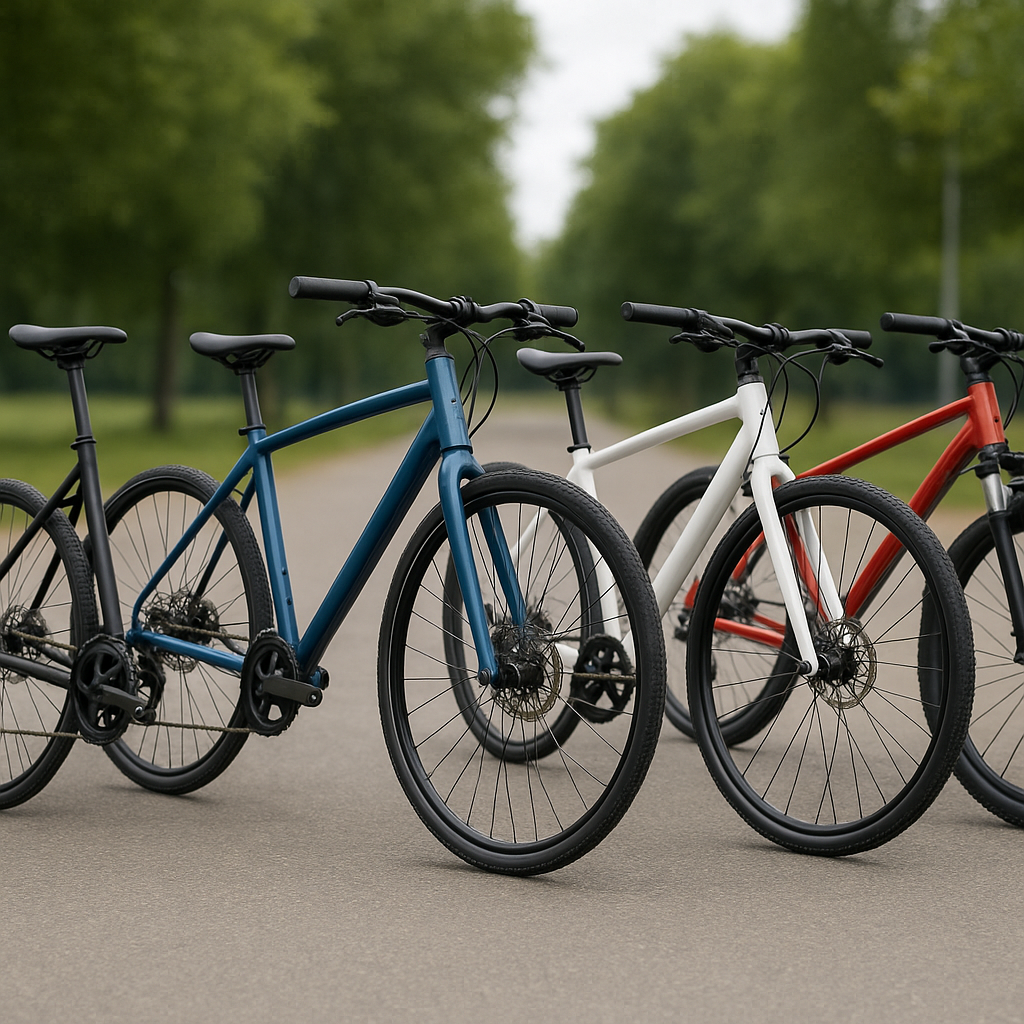Electric bicycles, commonly known as e-bikes, have revolutionized the way we think about transportation and recreation. Combining the traditional aspects of cycling with modern electric technology, e-bikes offer a unique blend of convenience, efficiency, and fun. This article delves into the world of electric bicycles, exploring their benefits, types, and the future of this rapidly growing industry.
The Benefits of Electric Bicycles
Electric bicycles provide numerous advantages over traditional bicycles and other forms of transportation. These benefits can be categorized into several key areas: environmental impact, health and fitness, cost savings, and convenience.
Environmental Impact
One of the most significant benefits of e-bikes is their positive impact on the environment. By using electric power, e-bikes produce zero emissions, making them an eco-friendly alternative to cars and motorcycles. This reduction in greenhouse gases helps combat climate change and reduces air pollution in urban areas.
Additionally, e-bikes require less energy to manufacture and maintain compared to traditional motor vehicles. This lower energy consumption translates to a smaller carbon footprint, further contributing to environmental sustainability.
Health and Fitness
While e-bikes provide electric assistance, they still require pedaling, which means riders can enjoy the health benefits of cycling. E-bikes make it easier for people of all fitness levels to engage in physical activity, promoting cardiovascular health, muscle strength, and overall well-being.
For those who may be intimidated by traditional cycling, e-bikes offer a more accessible option. The electric assistance can help riders tackle challenging terrains and long distances without overexertion, making cycling a more enjoyable and sustainable activity.
Cost Savings
Electric bicycles can be a cost-effective alternative to cars and public transportation. The initial investment in an e-bike may be higher than a traditional bicycle, but the long-term savings are substantial. E-bikes have lower maintenance costs, no fuel expenses, and often qualify for government incentives and rebates.
Moreover, e-bikes can reduce the need for car ownership, parking fees, and insurance costs. For urban commuters, e-bikes offer a practical and economical solution for daily transportation needs.
Convenience
E-bikes provide a convenient mode of transportation, especially in congested urban areas. They allow riders to navigate through traffic with ease, avoid parking hassles, and reach their destinations faster. The electric assistance also makes it easier to carry heavy loads, such as groceries or work equipment.
Furthermore, e-bikes are versatile and can be used for various purposes, including commuting, leisure rides, and even off-road adventures. Their adaptability makes them a popular choice for a wide range of users.
Types of Electric Bicycles
Electric bicycles come in various types, each designed to cater to different needs and preferences. Understanding the different categories can help potential buyers choose the right e-bike for their specific requirements.
City E-Bikes
City e-bikes, also known as commuter e-bikes, are designed for urban environments. They feature a comfortable riding position, practical accessories like fenders and racks, and a focus on ease of use. City e-bikes are ideal for daily commuting, running errands, and short trips around town.
These e-bikes often come with integrated lights, step-through frames, and puncture-resistant tires, making them a reliable and convenient choice for city dwellers.
Mountain E-Bikes
Mountain e-bikes, or e-MTBs, are built for off-road adventures and rugged terrains. They feature robust frames, suspension systems, and powerful motors to handle challenging trails. E-MTBs provide the thrill of mountain biking with the added benefit of electric assistance, allowing riders to conquer steep climbs and technical descents with ease.
These e-bikes are perfect for outdoor enthusiasts who want to explore nature and push their limits without being limited by physical endurance.
Folding E-Bikes
Folding e-bikes are designed for maximum portability and convenience. They can be easily folded and stored in small spaces, making them ideal for commuters who need to combine cycling with public transportation or those with limited storage space.
Despite their compact size, folding e-bikes offer a comfortable ride and sufficient electric assistance for urban commuting and short trips. They are a popular choice for city dwellers and travelers who need a versatile and space-saving transportation solution.
Cargo E-Bikes
Cargo e-bikes are designed to carry heavy loads and transport goods. They feature sturdy frames, large cargo areas, and powerful motors to handle the extra weight. Cargo e-bikes are commonly used by delivery services, families, and businesses that require a practical and eco-friendly transportation solution.
These e-bikes can be equipped with various accessories, such as child seats, panniers, and trailers, making them a versatile option for a wide range of applications.
The Future of Electric Bicycles
The electric bicycle industry is rapidly evolving, with advancements in technology and growing consumer interest driving innovation. Several trends and developments are shaping the future of e-bikes, promising even more exciting possibilities.
Technological Advancements
As technology continues to advance, e-bikes are becoming more efficient, powerful, and user-friendly. Improvements in battery technology are leading to longer ranges, shorter charging times, and lighter weights. This makes e-bikes more practical for long-distance travel and reduces the need for frequent recharging.
Additionally, advancements in motor technology are resulting in quieter, more efficient, and more powerful motors. This enhances the overall riding experience and allows e-bikes to tackle a wider range of terrains and conditions.
Integration with Smart Technology
The integration of smart technology is another exciting development in the e-bike industry. Many modern e-bikes come equipped with features such as GPS navigation, smartphone connectivity, and advanced display systems. These features provide riders with real-time information, route planning, and the ability to track their performance and battery status.
Furthermore, smart technology enables remote diagnostics and software updates, ensuring that e-bikes remain in optimal condition and benefit from the latest advancements.
Growing Popularity and Market Expansion
The popularity of e-bikes is on the rise, with more people recognizing their benefits and adopting them as a primary mode of transportation. This growing demand is leading to increased investment in the e-bike industry, resulting in a wider range of models, improved infrastructure, and greater availability of e-bike-specific accessories and services.
As the market expands, e-bikes are becoming more accessible and affordable, making them a viable option for a broader audience. This trend is expected to continue, with e-bikes playing a significant role in the future of urban mobility and sustainable transportation.
Conclusion
Electric bicycles represent a transformative shift in the world of cycling and transportation. With their numerous benefits, diverse types, and promising future, e-bikes are poised to become an integral part of our daily lives. Whether for commuting, recreation, or adventure, e-bikes offer a versatile, eco-friendly, and enjoyable way to explore the world around us.
As technology continues to advance and the market grows, the potential for e-bikes is limitless. Embracing this innovative mode of transportation can lead to a healthier, more sustainable, and more connected future for all.












